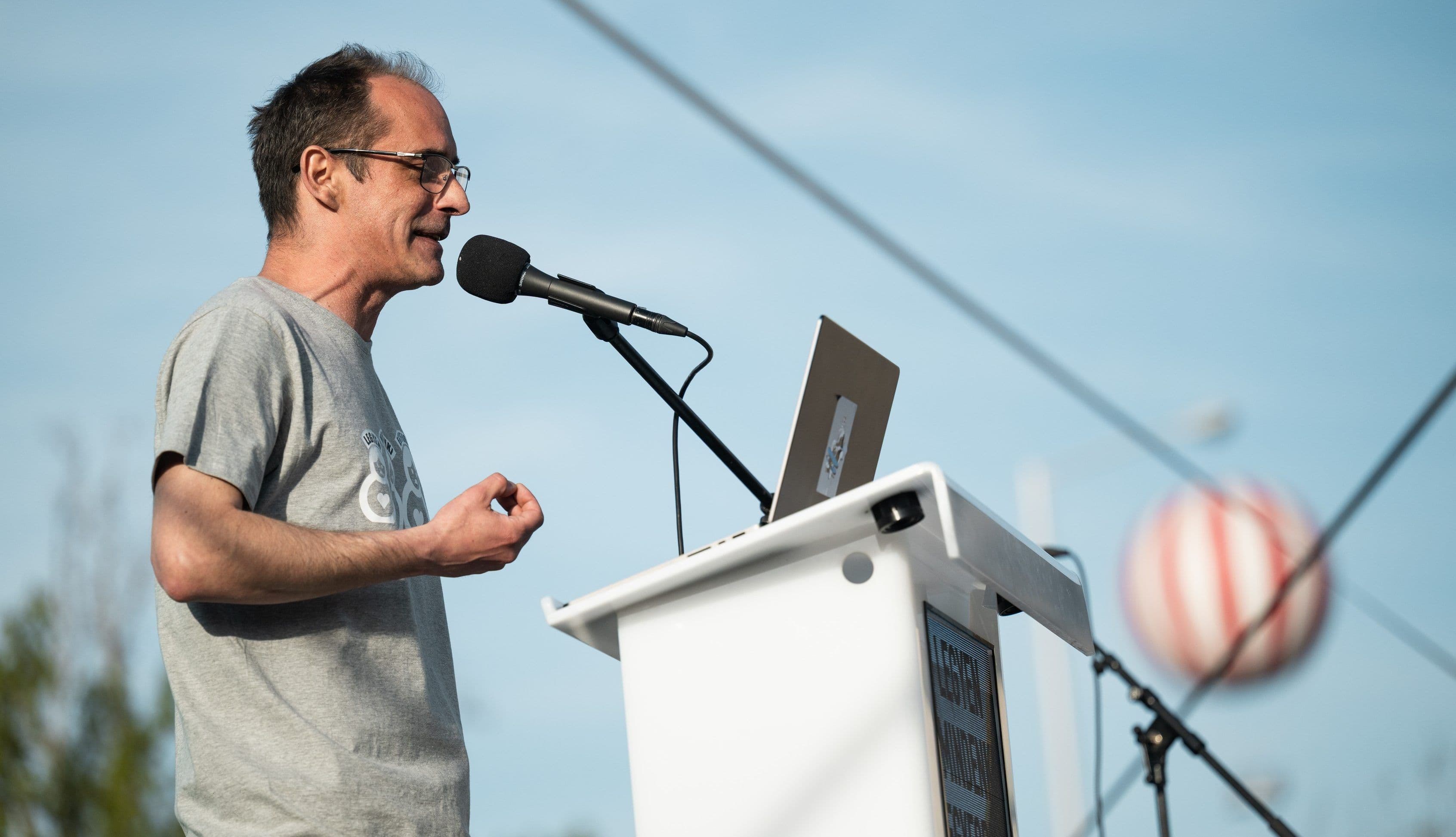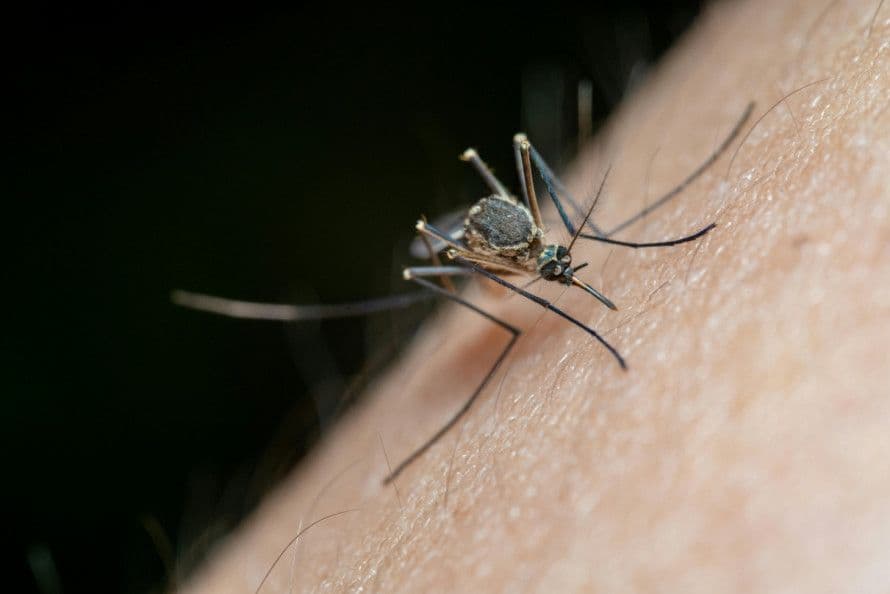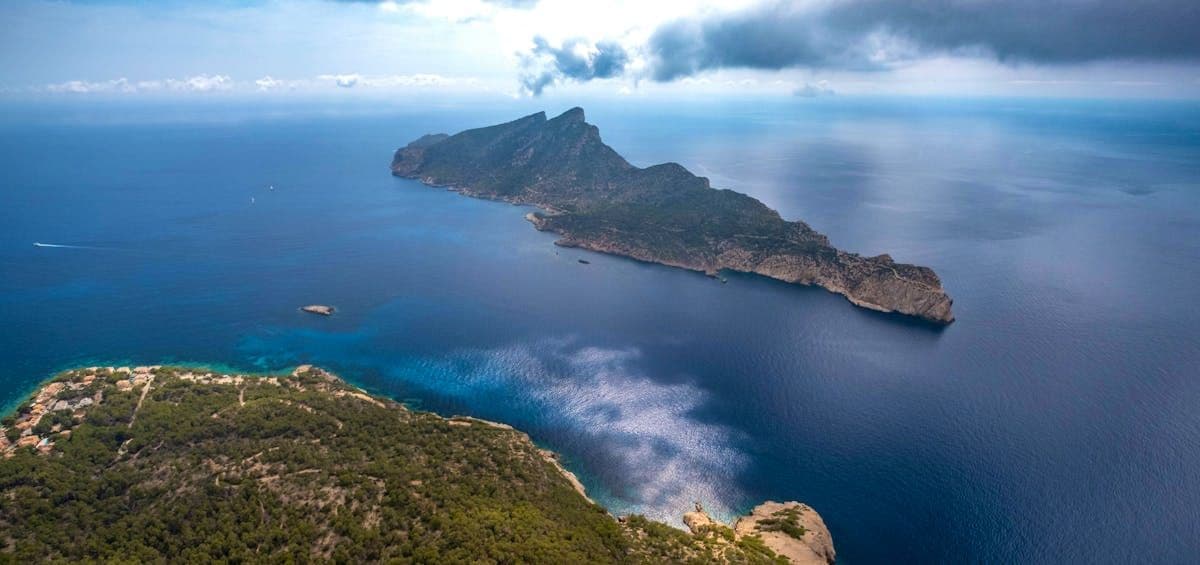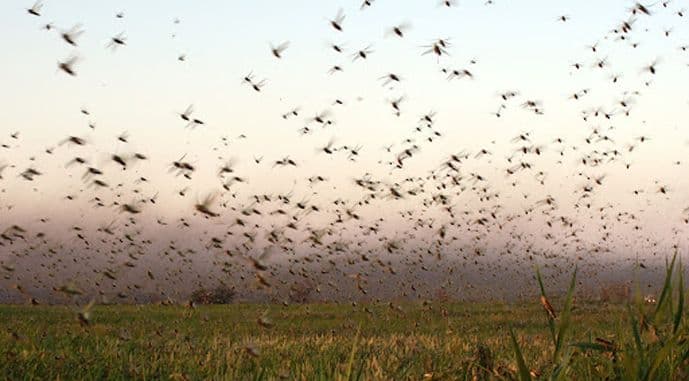Siófók's Summer of Shadow: Navigating the Delicate Balance of Protected Pests and Thriving Tourism
Siófok's summer nightmare: a harmless midge invasion. Uncover how climate-driven winds and protected status create a crisis for tourism, baffling businesses and authorities.

The Unseen Invasion: Siófok's Unexpected Summer Nightmare
Siófok, typically a shimmering jewel on Lake Balaton, found its vibrant summer season cast into an unexpected twilight this year, as an unprecedented swarm of árvaszúnyog, or non-biting midges, descended upon the city. While researchers from the had issued early warnings about a massive hatching, the sheer scale of the phenomenon left both holidaymakers and local businesses utterly bewildered. As evenings drew in, dense clouds of these insects enveloped outdoor dining areas and public spaces, making simple pleasures like eating, drinking, or even conversing an impossible ordeal – they'd fly into mouths and eyes, a truly disorienting experience. Buildings and light fixtures became canvases for millions of these buzzing creatures, driving crowds away from open-air concerts and terraces. The sentiment among Siófok's entrepreneurs is one of profound helplessness, with many private accommodation owners resorting to keeping their premises in near darkness, lest they attract more of the troublesome swarm. As one apartment owner, , lamented, "Our guests sit on the terrace in the dark. I understand that we protect this insect because it is food for fish, but this is absurd."

Nature's New Compass: The Climate Science Behind the Swarm
The sudden, overwhelming presence of the árvaszúnyog is not merely a random occurrence but appears to be a direct consequence of shifting weather patterns, a stark reminder of climate change's subtle yet profound impacts. According to of the , a new, prevailing northern air movement in the evenings, a departure from the previously variable wind directions, is largely responsible. These newly hatched midges, inherently drawn to light, are effectively being funneled by these winds directly towards the brightest spots – the larger settlements along the lake, with unfortunately becoming a prime target. While the phenomenon is disruptive, it's crucial to understand that these insects are entirely harmless to humans; they don't bite, nor do they spread diseases. In fact, they play a vital, irreplaceable role in Lake Balaton's delicate ecological balance, serving as a primary food source for fish. This ecological significance, however, only deepens the predicament for Siófok, as it complicates any potential intervention. Experts have offered limited advice, suggesting that businesses manage light sources by placing strong, cold white lights further away to draw the midges, while using softer, warmer yellowish light in areas where people congregate, as these are less attractive to the swarms.
Caught Between a Swarm and a Hard Place: Economic Fallout and Local Frustration
The midge invasion has plunged 's vibrant tourism sector into an unprecedented crisis, sparking widespread frustration and alarm among local businesses. The phrase "Siófok has fallen. We're closing" encapsulates the despair felt by many hospitality providers who rely heavily on the summer season. Restaurant owners, in particular, are facing immense pressure as their outdoor terraces, usually bustling with activity, have become unusable. Guests simply cannot enjoy a meal or a drink when hordes of insects are constantly flying into their food and faces. The issue isn't confined to the immediate lakeside either; the swarms have spread across nearly the entire city, impacting private accommodations and outdoor events alike. Mayor has openly acknowledged the "incredible amount of cries for help and grumbling" pouring into the municipality from distraught entrepreneurs. Their letters paint a grim picture: the swarms are not just an inconvenience but are actively making outdoor activities and evening dining impossible, threatening to devastate the city's tourism industry. This economic fallout is a harsh reality for a town whose livelihood is intrinsically linked to its appeal as a summer destination, leaving many wondering how they will weather this unexpected storm.
The Protected Pest Paradox: Why Solutions Remain Elusive
The heart of 's current struggle lies in a perplexing paradox: the very creatures causing such havoc are, from an ecological standpoint, beneficial and even protected. As experts reiterate, árvaszúnyog are non-biting and disease-free, posing no direct health threat to humans. Their primary role in the Balaton ecosystem as a crucial food source for fish means that any widespread, aggressive eradication efforts would likely have severe, detrimental ripple effects on the lake's delicate biodiversity. This ecological importance creates a profound conflict with the economic plight of Siófok's tourism industry. While apartment owners like express their understanding of the insects' protected status, they also articulate the absurdity of a situation where environmental preservation directly undermines human livelihoods. The 'solutions' currently offered, such as strategic light management – placing brighter, cooler lights away from human activity and using warmer, softer lights nearby – are practical for individual establishments but fall far short of addressing the overwhelming scale of the problem affecting an entire city. This leaves local authorities and businesses in an unenviable position, caught between ecological responsibility and economic survival, with no easy answers in sight.
Beyond the Midge: Adapting to a New Normal in Lakeside Tourism
's midge invasion serves as a stark warning and a critical learning experience for lakeside tourism destinations grappling with the realities of a changing climate. This isn't just a one-off nuisance; the underlying weather patterns that drove the swarms, as identified by scientists, suggest that such phenomena could become a recurring challenge. Moving forward, Siófok and similar regions must look beyond immediate, tactical fixes and begin developing comprehensive, long-term adaptation strategies. This might involve innovative urban planning that considers light pollution and its ecological impact, or even a re-evaluation of how summer tourism is structured in the face of evolving environmental conditions. The early warnings from research institutes, though perhaps not fully heeded this time, underscore the importance of proactive scientific monitoring and integrated planning. Ultimately, the future of lakeside tourism hinges on finding a sustainable balance where human activity can coexist with, rather than inadvertently disrupt, the natural ecosystems that make these destinations so appealing. It's an invitation to embrace resilience, fostering a new normal that prioritizes both economic vitality and ecological integrity, ensuring that Siófok's summer glow is not perpetually overshadowed by the 'shadow' of protected pests.
Related Articles

The Silent Scourge: Unmasking Ukraine's Evolving Midge Menace

The Silent Scourge: Unmasking Ukraine's Evolving Midge Menace

Hokkaido's Seasonal Swarm: Unraveling the Gypsy Moth's Enigmatic Return

Hokkaido's Seasonal Swarm: Unraveling the Gypsy Moth's Enigmatic Return

The Serpent's Shadow: Unmasking Mallorca's Quiet Ecological Crisis

The Serpent's Shadow: Unmasking Mallorca's Quiet Ecological Crisis

Whispers on the Wind: Ukraine's Locust Surge and the Unforeseen Harvest of Conflict
